Thrifty Brits with a love of the outdoors have been offered tips for foraging common nuts and berries across the country this autumn.
From sweet chestnuts and sloes to walnuts and rosehip, outdoors experts at GardenBuildingsDirect.co.uk have researched and revealed where to find and pick seven common flora in the UK.
As the days get shorter and the nights longer, plants fire one last burst of energy to ripen their fruits to disperse their seeds far and wide for the following spring.
A spokesperson for GardenBuildingsDirect.co.uk: ‘When the days get shorter there’s less light for photosynthesis to occur, and so rather than fighting to get through the winter, most plants reduce the energy they use until the light returns in the spring.
‘But there’s still an array of nuts, berries, and other foodstuffs to pick throughout October and into November; autumn is the perfect time to harvest for both farmers and foragers.
‘As autumn creeps in, nature’s larder supplies us with one last bounty before much of its flora and fauna lay dormant for the winter months.
‘Mushrooms, blackberries and hazelnuts can all be found in the UK’s woodland and gardens – you just have to know where to look!”
1. Sweet chestnuts
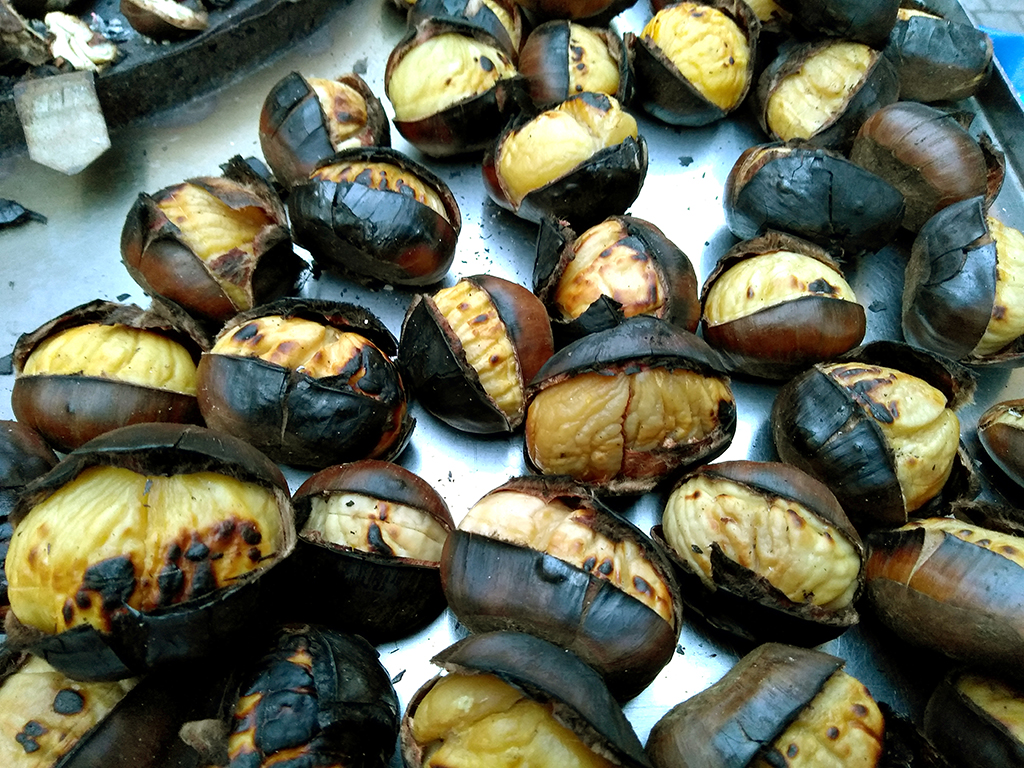
A favourite at this time of year, and a Christmas classic, these nuts can be baked, roasted, boiled or microwaved – just remember to score a cross in them to stop them from exploding when they’re cooked. You can find sweet chestnut trees in many woods, parklands, and along roads. The best crops can be found at the foot of large, established trees from October and into late autumn and early winter. Once cooked and peeled they can be eaten as they are or used in desserts and stuffing.
2. Sloes
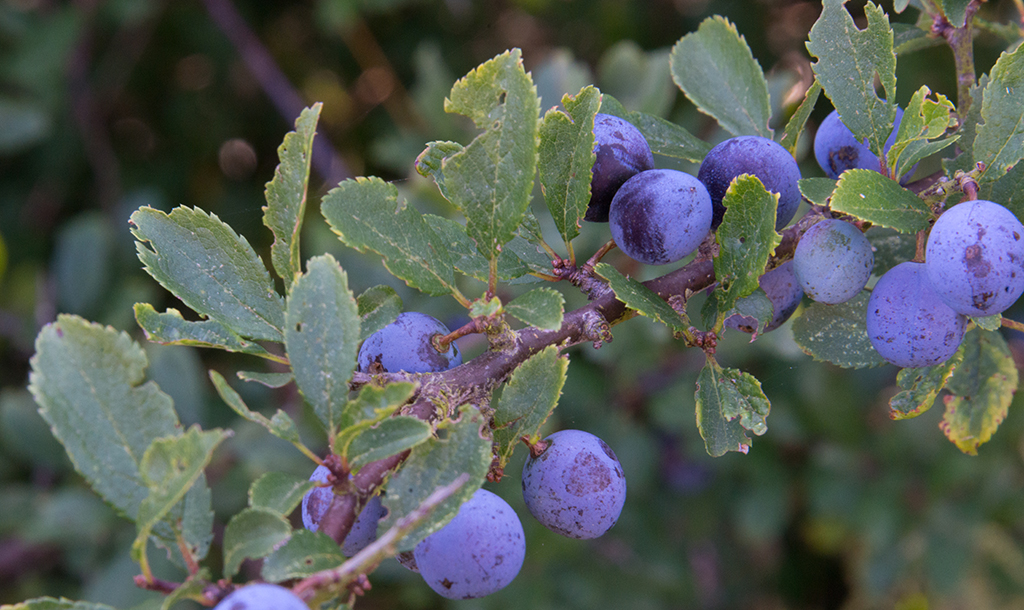
These blue-black berries are ripe for picking from the end of September to December, usually after the first frost, as it softens the skins and helps release the juices – but you can get around this by picking sloes early and freezing them at home instead. Use them to make sloe gin, whisky, jams and vinegar.
3. Walnuts
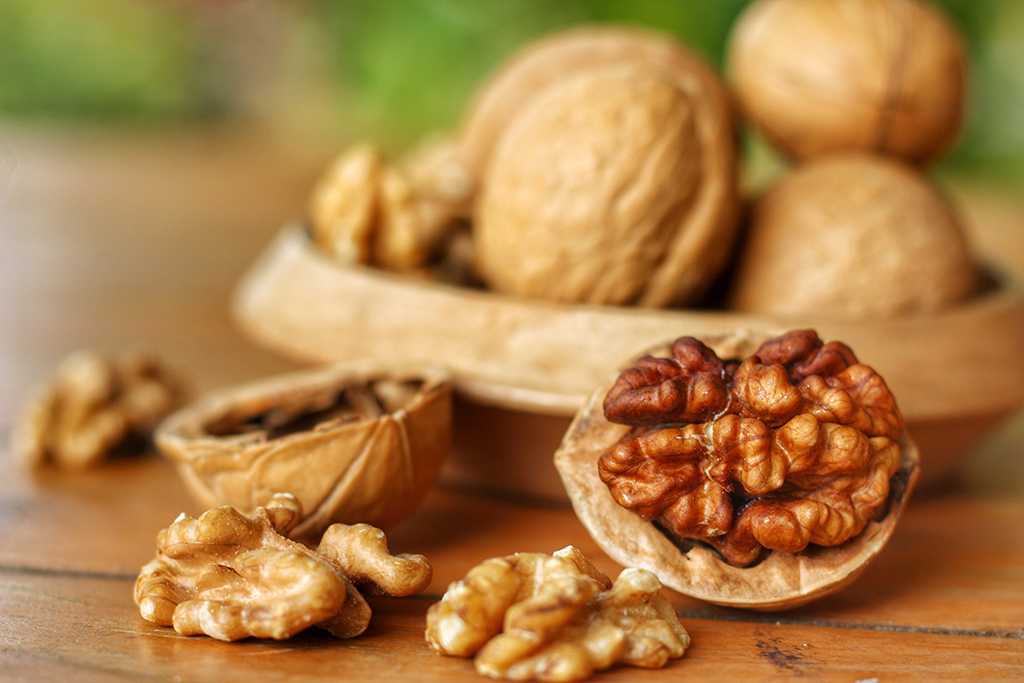
Walnut trees can be found throughout the UK, in parks and even large gardens. The nuts, which can be picked in late autumn, are covered with a green, fleshy husk that starts to split as it ripens. Crack open the shells to get to the nut, which can be eaten raw (when they’re ‘wet’), dried or pickled.
4. Rosehip
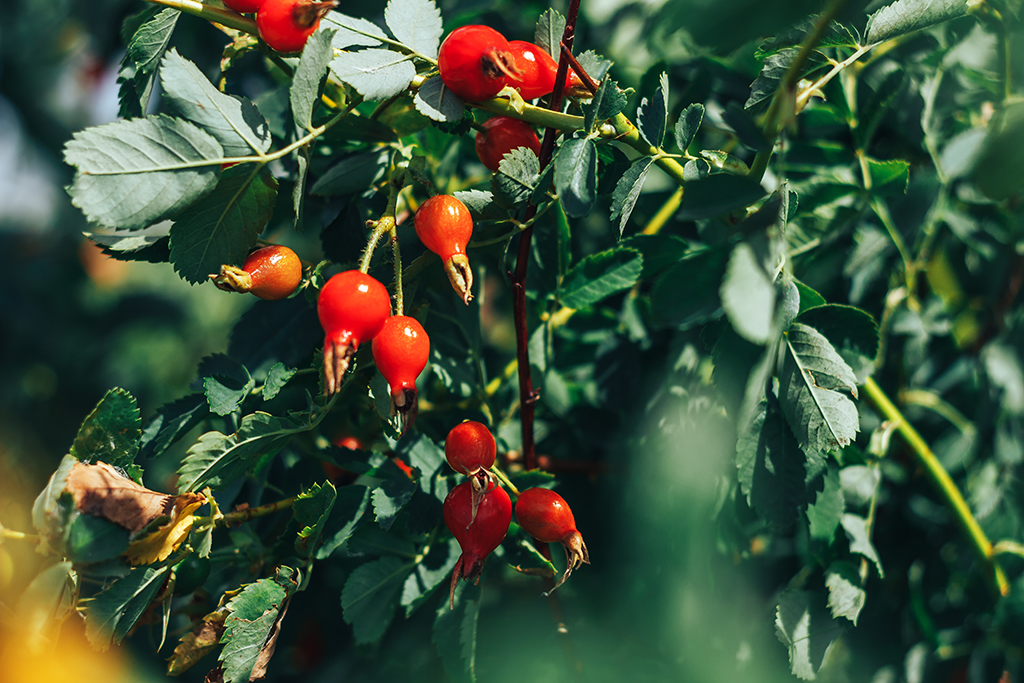
Look along hedgerows and woodland fringes for bright red rosehips between September and November. The hips have a fleshy covering that contains the hairy seeds. Snip or carefully pull the hips close to the base of each pod, and use in wines, jellies, jams and syrups.
5. Hazelnut
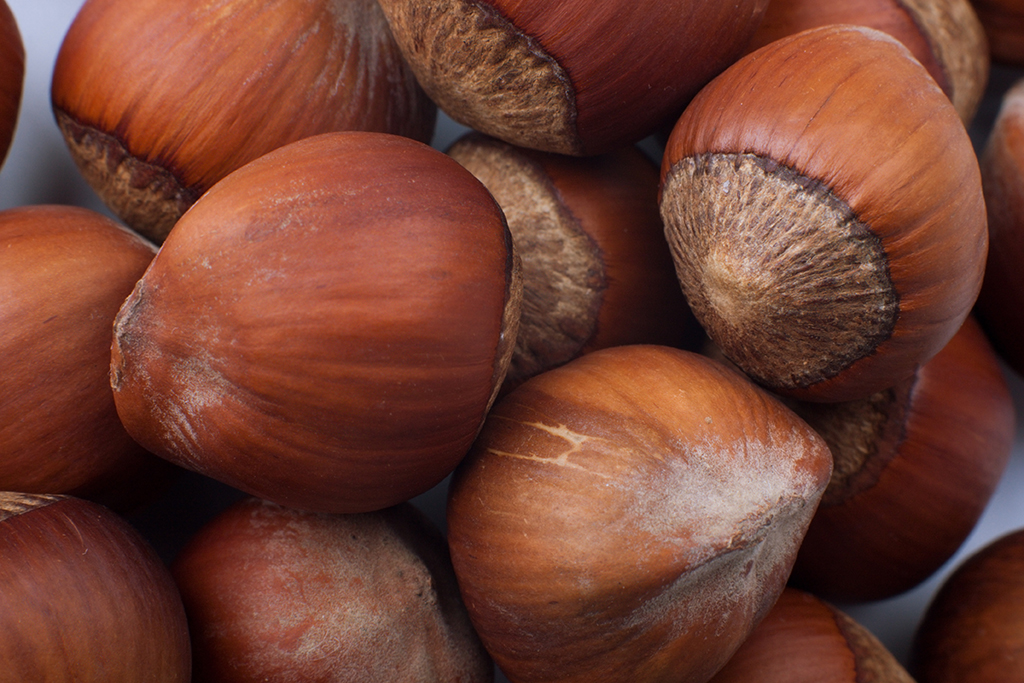
Most ripe hazelnuts are found on trees in September and October, depending on the weather, in woods, hedgerows, and gardens. If you collect enough, the shelled nuts can be roasted in the oven or used to make hazelnut butter.
6. Mushrooms

Mushrooms can be found in abundance this time of year and if you have a basic knowledge of what you’re looking for, they can be a great addition to any meal. Remember to avoid mushrooms with white gills, a skirt, or ring on the stem and a bulbous or sack-like base called a volva. Also avoid mushrooms with red on the cap or stem but most importantly, don’t consume any mushrooms unless you’re 100% sure of what type it is.
7. Blackberries
The end of summer is synonymous with blackberries, which are in abundance across the UK. You can pick wild ones from hedgerows across the country – even in towns and cities!
TAGS

